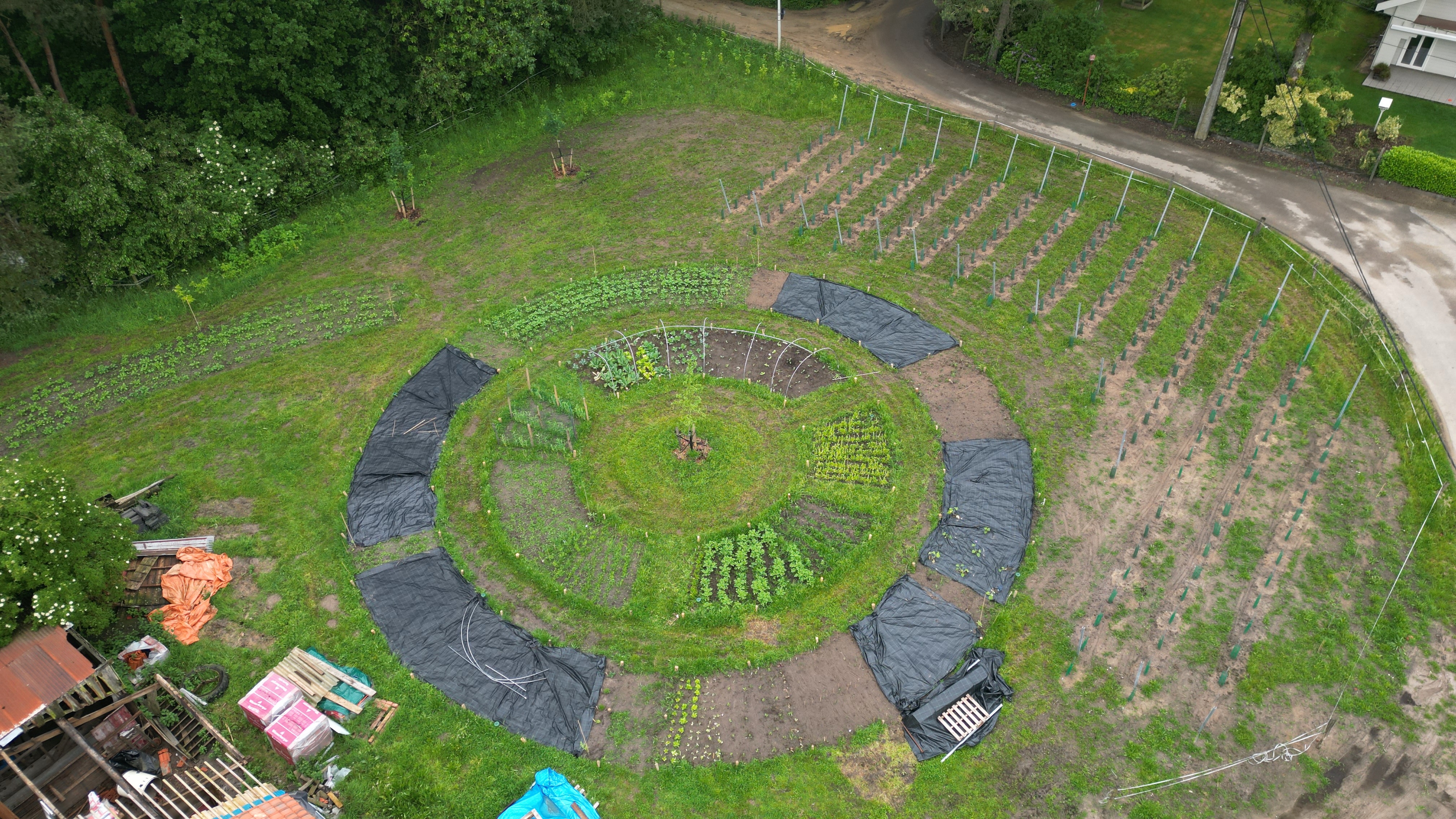Do you have land?
Do you own land that holds the potential to blossom into a thriving forest? We dream big! Your land can play a vital role in restoring our environment and helping us achieve our mission to reforest areas that are suffering from climate change. Reforestation involves planting trees on land that has been deforested or degraded, with the goal of rebuilding strong, self-sustaining ecosystems.
Why Offer Your Land?
🌿 Environmental Impact: Transforming your land into a vibrant forest ecosystem can significantly enhance local biodiversity, improve air quality, and mitigate the effects of climate change.
🧩 Reforest piece by piece: As we join hands to restore forests across +20 countries, your land becomes a crucial piece of the puzzle in building a greener and healthier continent.
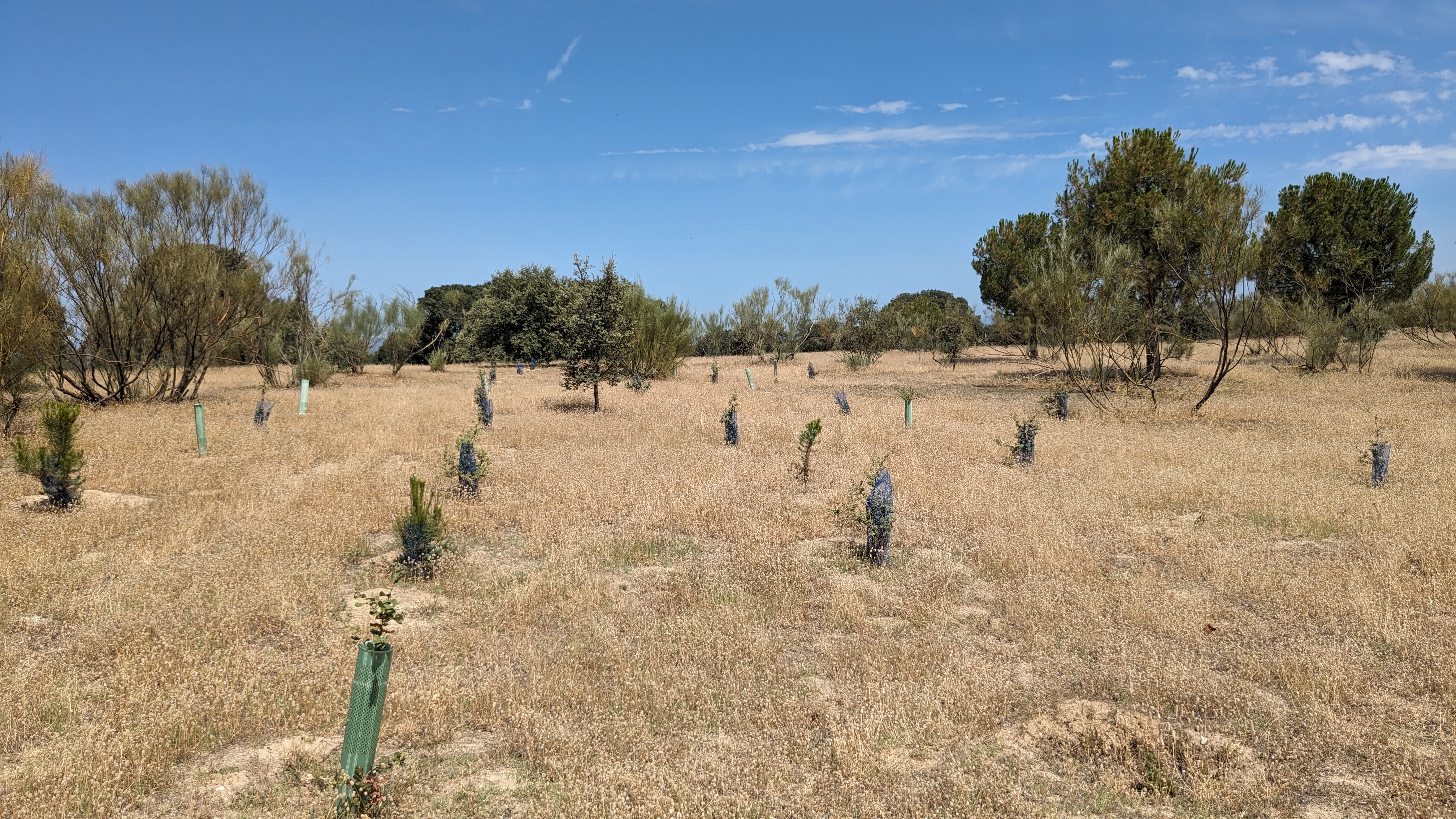
What We Offer:
🛠️ Expertise: Our philosophy is “the right tree in the right place at the right time”, for more effective land restoration and greater ecosystem resilience. Our team of skilled professionals will carefully plan and execute reforestation projects on your land, ensuring optimal growth and sustainability. We also support agroforestry, syntropic agriculture, food forests and silvopastoral systems.
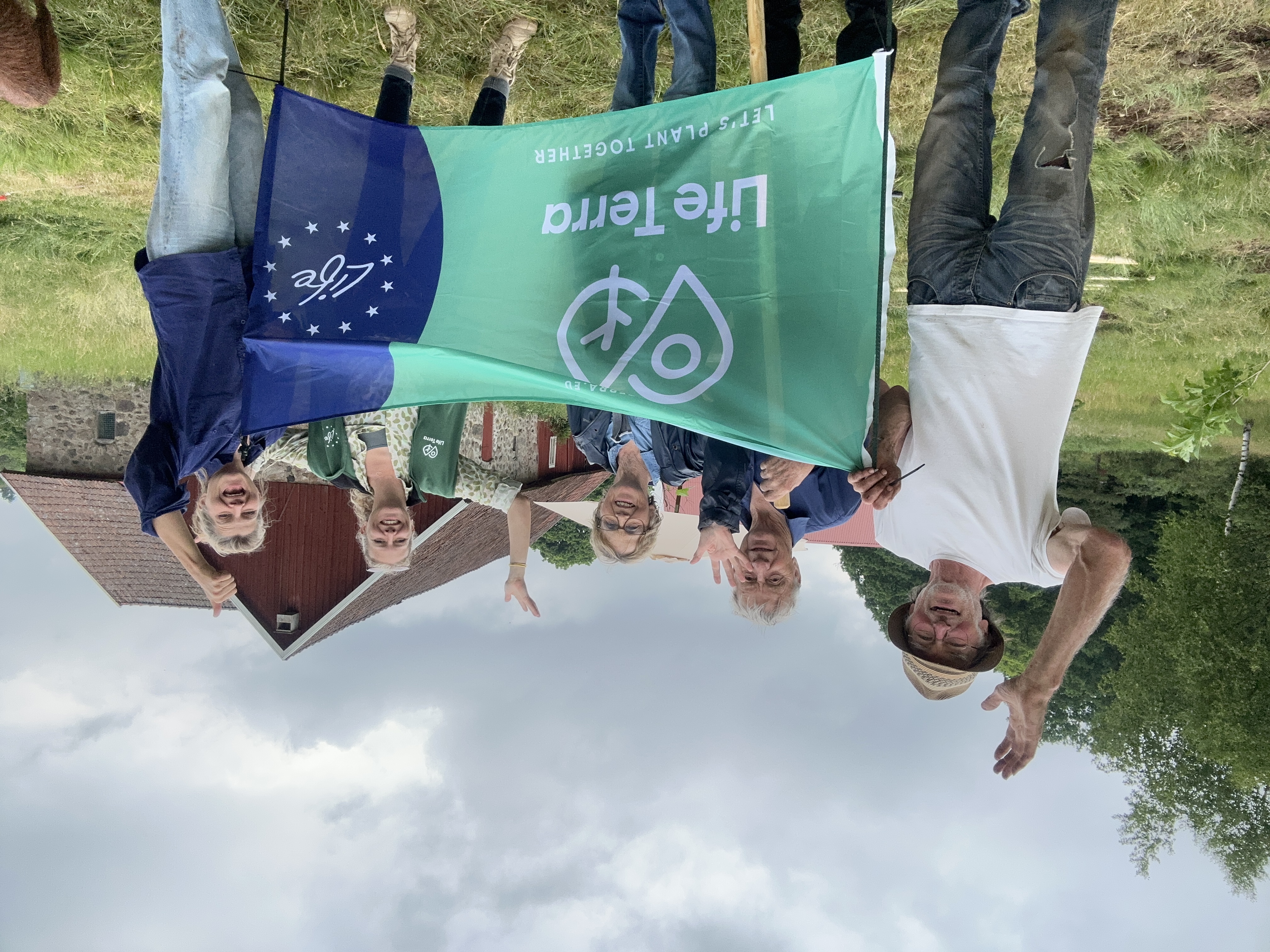
🌱 Long-Term Commitment: We make a long-term commitment, in fact we not only plant trees but we also monitor them! This aspect is crucial to ensure that the climate & environmental benefits we claim to make are happening! We have developed a state-of-the-art monitoring program, where you can track your trees.
🌲 No Costs for the seedlings: We will provide you with the seedlings for your planting project.
🌳 Active Participation: You will be involved throughout the whole planting process.
Get in touch by filling out the form below:
Successful stories
At Life Terra, we’ve partnered with a wide range of projects, from large-scale professional plantings to small local initiatives, always tailoring our approach to the unique needs of the land and its owners.
If you're considering planting trees on your land but aren't sure where to begin, here are some inspiring examples:
Agroforestry projects: Porcus Natura, Portugal
Agroforestry is the practice of integrating trees and shrubs into agricultural landscapes to enhance biodiversity and productivity. It improves soil health, boosts crop yields, and helps combat climate change by sequestering carbon and reducing erosion. In this particular case, we created a self-sufficient agroforestry system on a regenerative farm planting 1,000 trees of 10 mixed species to provide shadow and shelter to the animals.
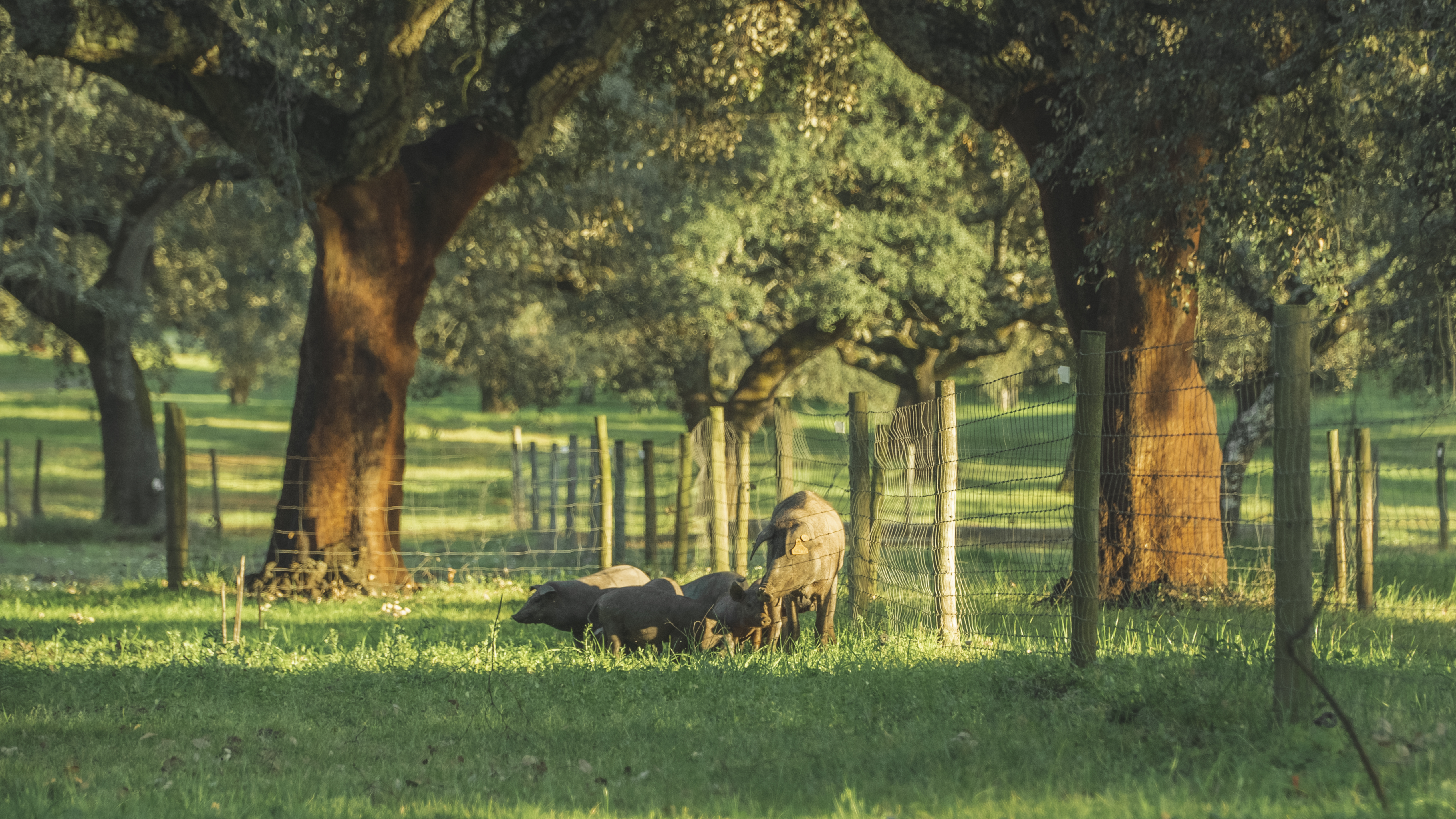
Ecological restoration: Lentillères, France
Ecological restoration of land involves rehabilitating degraded ecosystems to restore their natural functions and biodiversity. This process enhances soil health, promotes native species, and helps combat climate change by increasing carbon sequestration and improving water cycles. In Lentillères, Life Terra has planted 1,000 new trees and bushes to revitalize the soil, foster biodiversity, and create a resilient forest for generations to come.
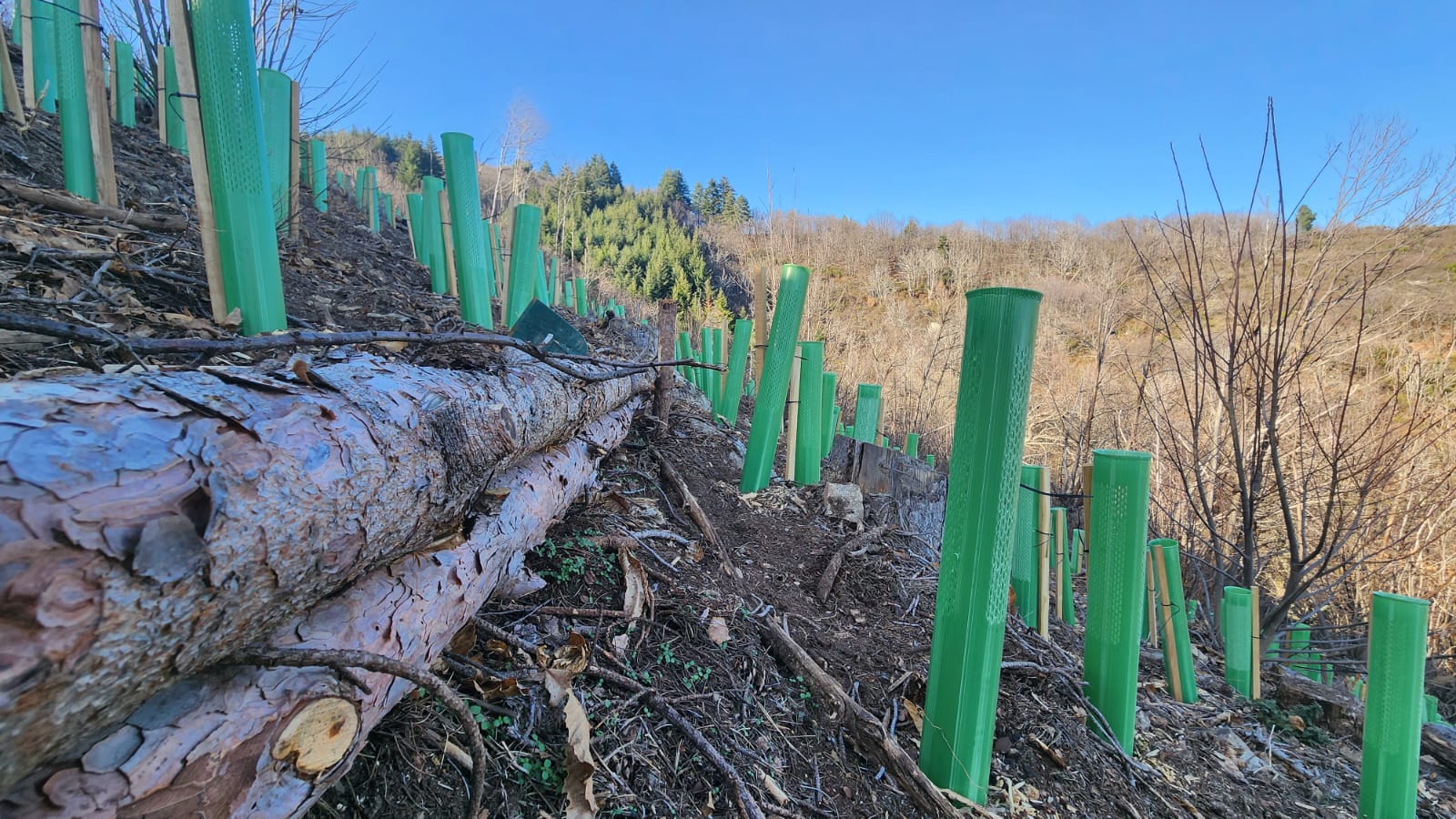
Miyawaki Forest: Las Rozas, Spain
Miyawaki forests are dense, fast-growing urban forests created using native species planted in high density. These forests enhance biodiversity, improve air quality, and sequester more carbon than traditional reforestation efforts, making them a powerful tool for urban greening and climate action. Life Terra planted many Miyawaki forests in urban areas, such as Las Rozas where we restored a degraded area with 3,000 plants of 19 different species to form an urban garden with fruit trees.
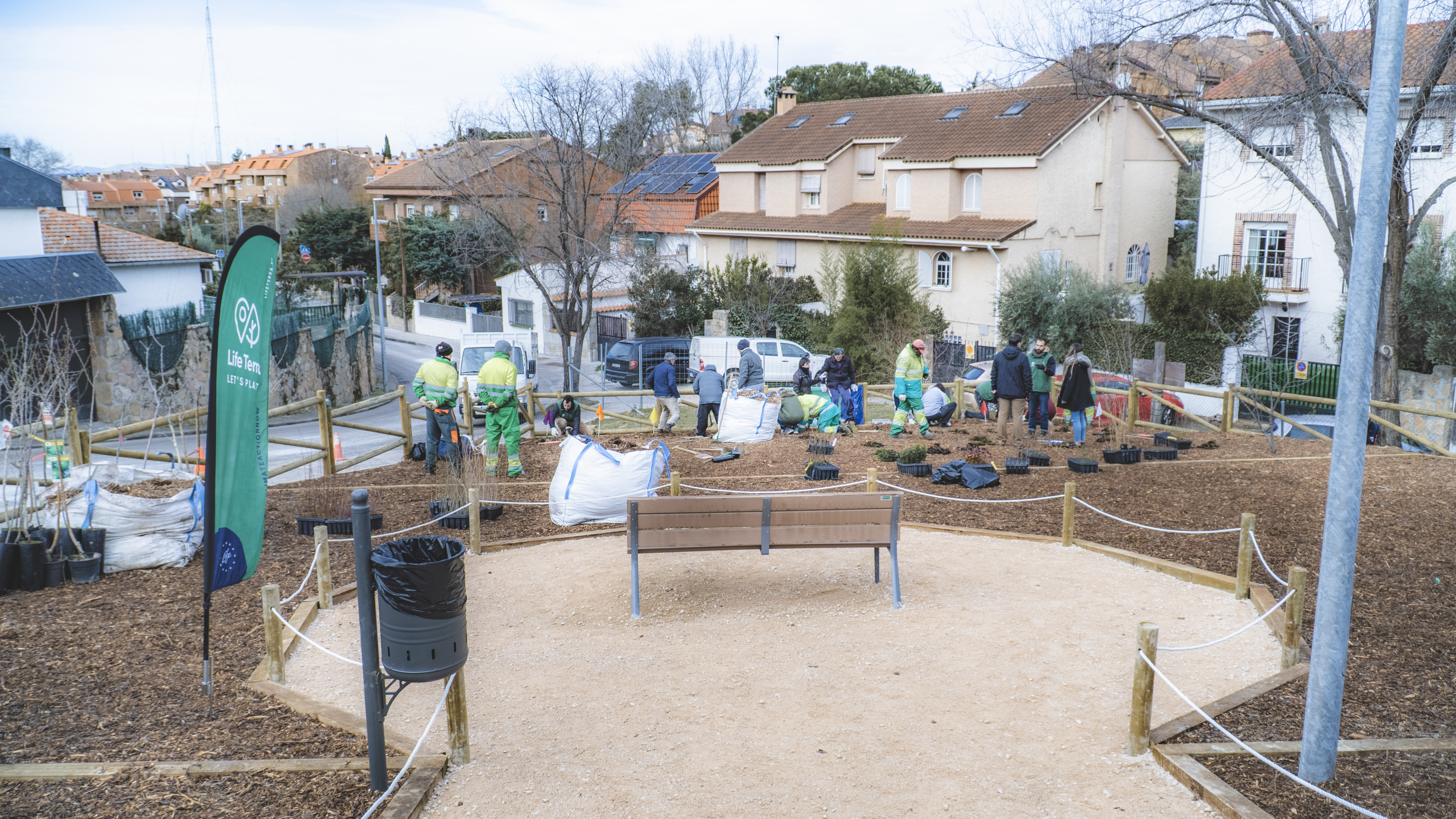
Food Forests: Zoersel, Belgium
A food forest is a diverse, multi-layered agroecosystem designed to mimic the structure and function of a natural forest. It can incorporate a variety of edible plants, trees, fruit trees and shrubs. The plants are arranged in vertical layers to maximize productivity and biodiversity, while minimizing the need for external inputs like fertilizers and pesticides.
In this case, we created together with two motivated landowners a food forest next to Antwerp with more than 30 local and native species, mixing trees, fruit trees, flowers and shrubs to build a green space that will boost biodiversity, attract pollinators and local fauna while also promoting food security.
